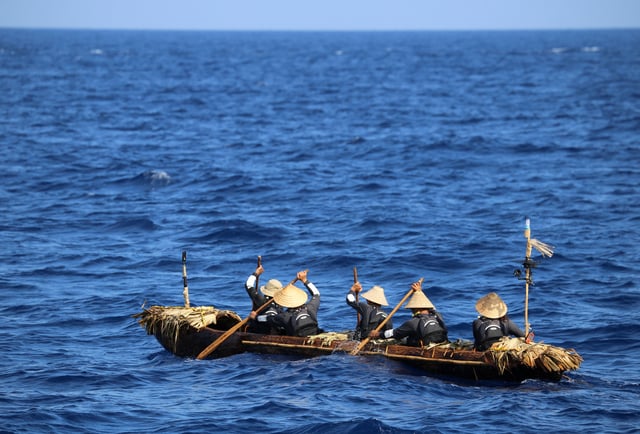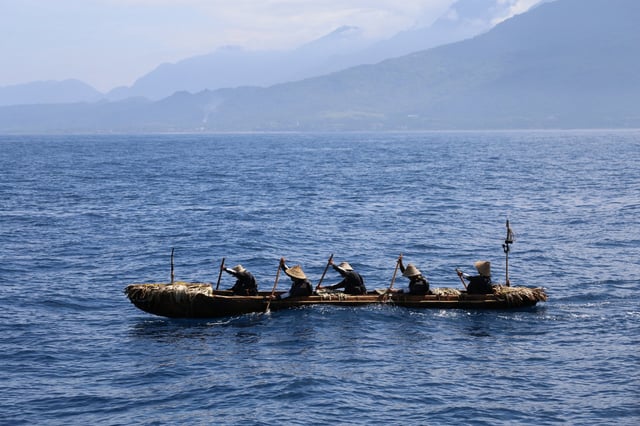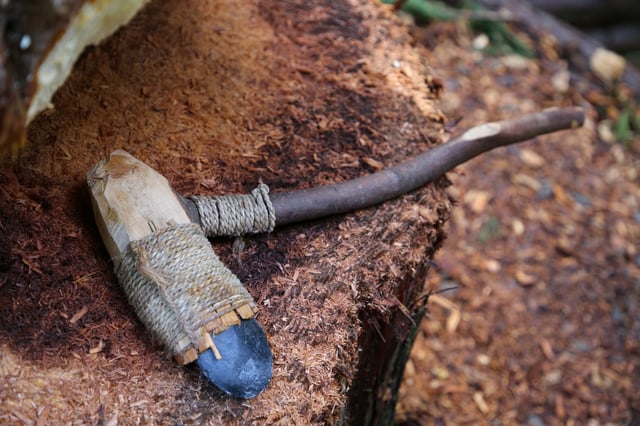Overview
- The 7.5-meter canoe was carved from Japanese cedar using edge-ground stone axes and adzes modeled on Upper Paleolithic tools.
- A crew of four men and one woman paddled the vessel across the 140-mile (225 km) route from eastern Taiwan to Yonaguni Island in just over 45 hours.
- Prior experiments with reed-bundle and bamboo rafts failed to overcome the Kuroshio’s strength, highlighting the dugout’s superior speed and durability.
- Paleo-ocean simulations of sea conditions 30,000 years ago confirmed that seasonal currents and strategic departure points could enable the crossing.
- The study offers experimental support for archaeological evidence that Paleolithic peoples reached the Ryukyu Islands around 30,000 years ago.



